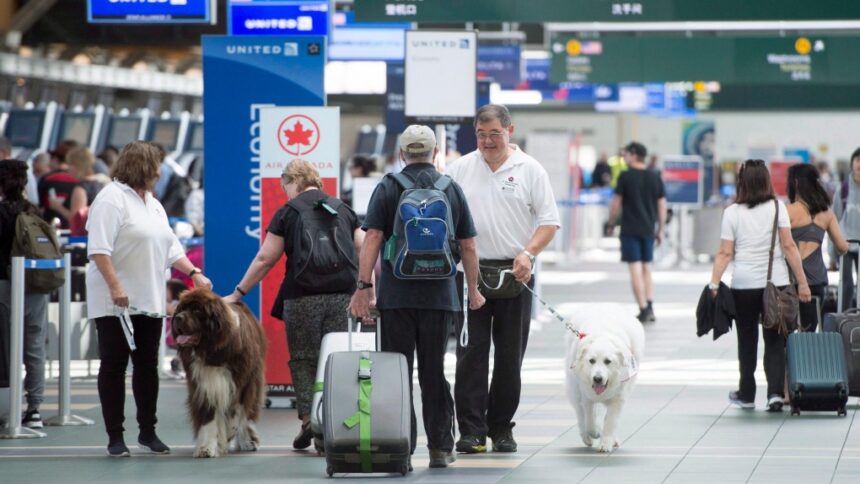On Monday, passengers laden with luggage flinging from Chinese city-dwellers railway stations and airports in China’s megacities may worsen a raging Covid-19 outbreak in areas less equipped to handle it.
As of early December, China abruptly began allowing the Covid virus to run free throughout its 1.4 billion people, after three years of strict anti-virus controls.
Between December 8 and January 12, nearly 60,000 people with COVID died in hospitals, an increase over earlier figures that, according to the WHO, did not reflect the scale and severity of the outbreak.
Chinese city-dwellers
In rural areas with weak medical systems, those numbers most likely exclude many people dying at home. The disease is expected to kill over one million people in China this year, according to several experts.
In the lead-up to the Lunar New Year holidays, as well as the Spring Festival, which begins on January 21, many rural hospitals and clinics are stocking up on drugs and equipment.
“In our village, the Covid infection has passed, but Spring Festival is approaching, which may lead to secondary infection among elderly villagers,” a physician in Shaanxi said.
“My confidence would increase if antiviral drugs and other drugs were more available,” was the doctor’s response.
The China National Health Commission has promised to supply fever drugs and oxygen to every village clinic, in addition to pulse oximeters, which are commonly used for checking oxygen levels during a pandemic.
Rush hour travels
Reuters witnesses reported seeing many passengers leaving Beijing’s main railway station in recent days.
According to state news agency Xinhua, temporary night trains have added in China’s most populous city, Shanghai, to meet travel demand.
It was the highest daily arrival figure since the pandemic began in Macau on Saturday with over 55,000 arrivals.
On Jan 18 and 21, Hong Kong’s government announced that 65,000 people would be able to pass through designated land border control points to the mainland per day instead of 50,000.
Around the holidays, there will be more than 2 billion trips across China, according to the transport ministry.
Revitalization of the economy
Travel has increased expectations that China’s growth rate will rebound in the near future, which is being plague by its lowest growth rates since the 1950s.
A brighter outlook helped Asian equity markets rise by 0.9% on Monday, adding to last week’s gains of 4.2 percent.
It is important to note that China’s blue-chip index rose by 2 percent, while the Yuan reached its highest level since July. A recovery in demand from China, the world’s top importer of oil, has also supported global oil prices.
Covid-19 outbreaks hit demand for new homes in China in December, according to the first of a slew of economic data due this week.
Analysts say markets will likely overlook this week’s disappointing data about economic growth, retail sales, and industrial output and focus on how China’s reopening might boost global growth.
In a note on Monday, JP Morgan analysts predicted that national infections would peak in late January.
In the second quarter, analysts predict that the outbreak of infection will result in a “sustainable” economic recovery from March onwards.
There is a possibility that the Chinese economy will grow by 4.9 percent in 2023, before stabilizing in 2024, according to a Reuters poll.


